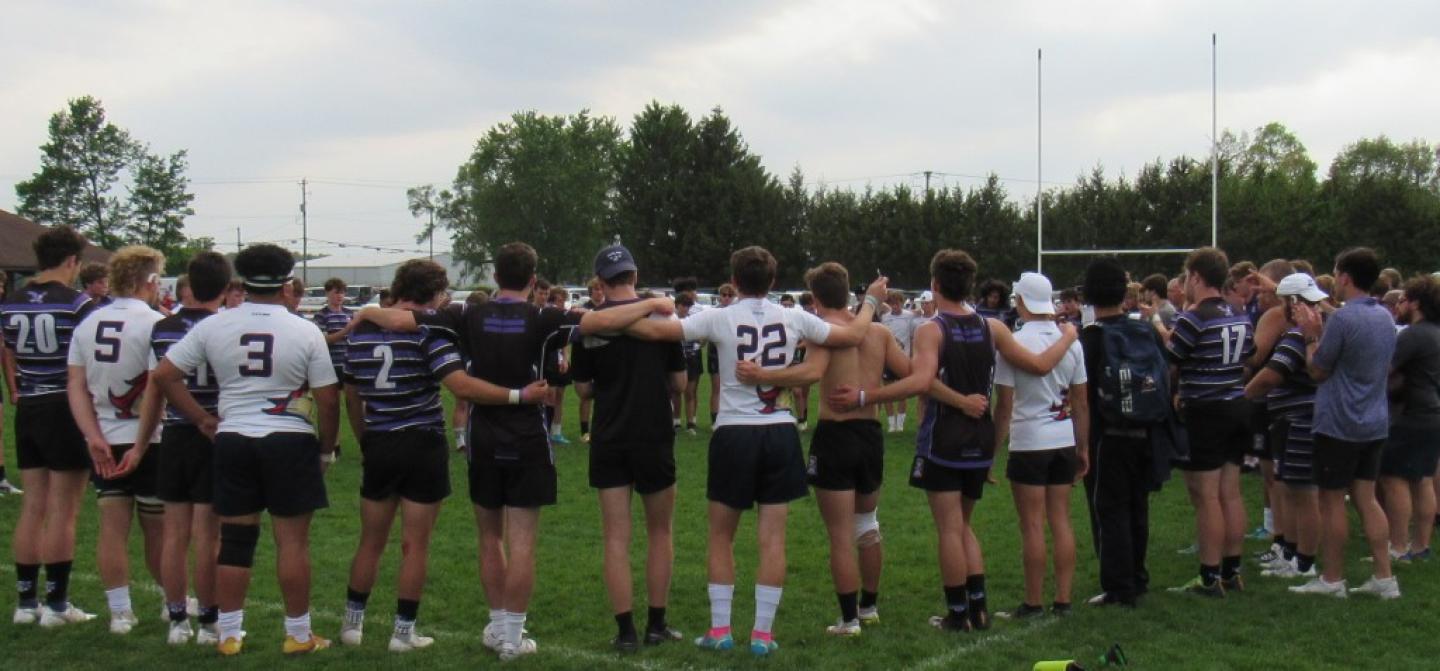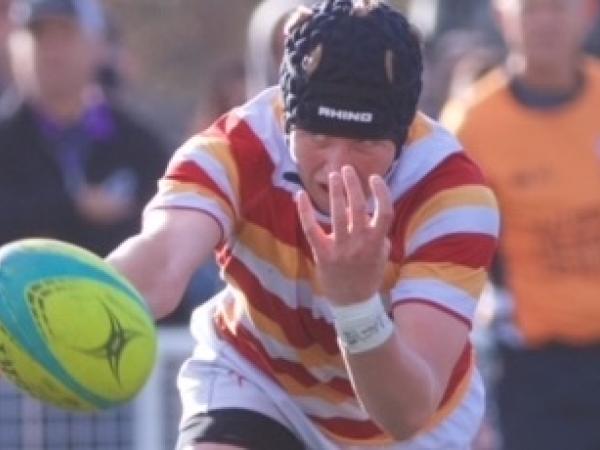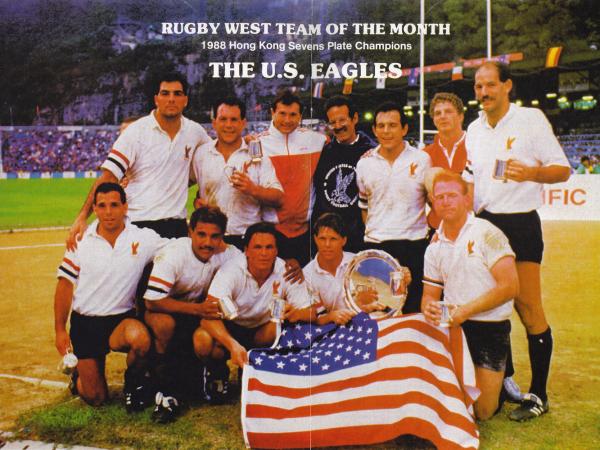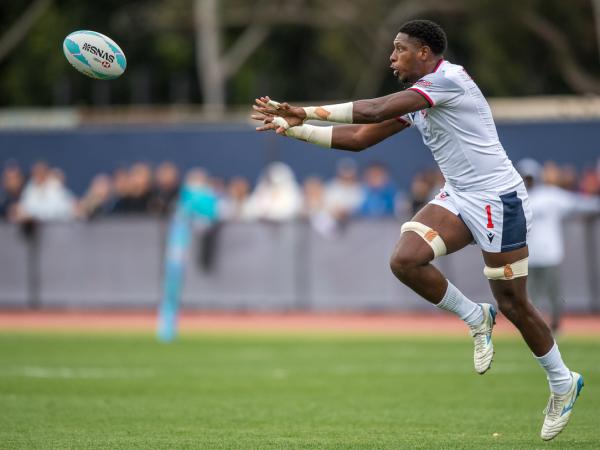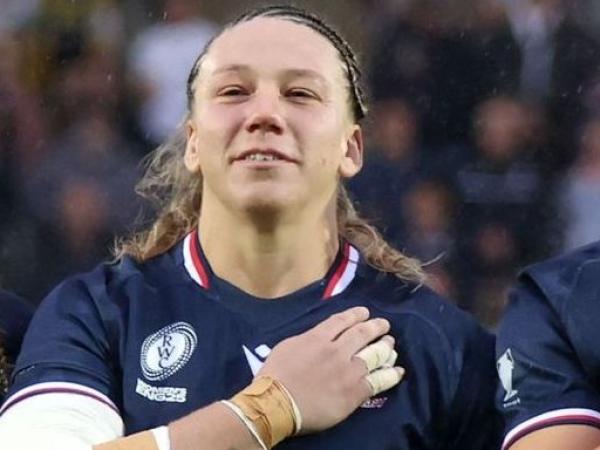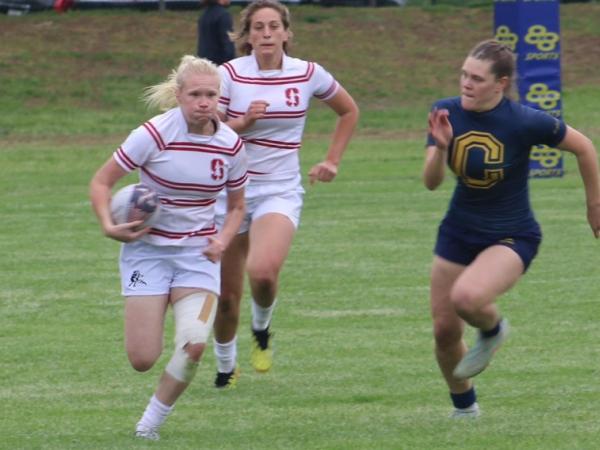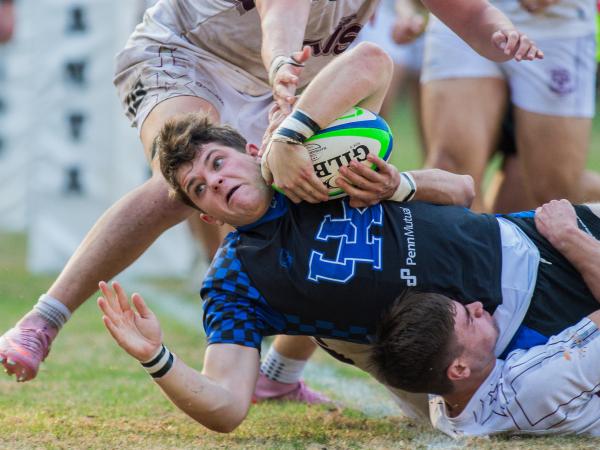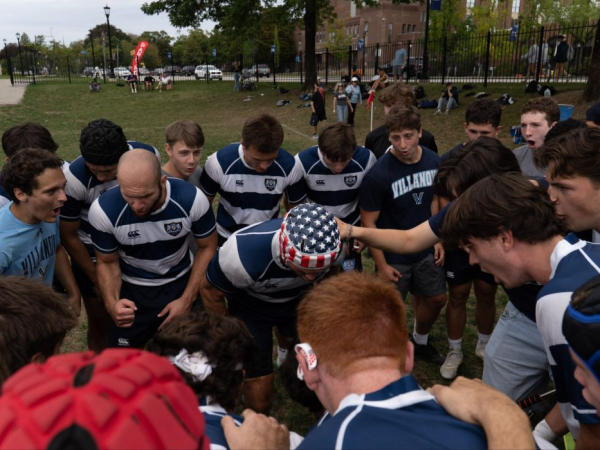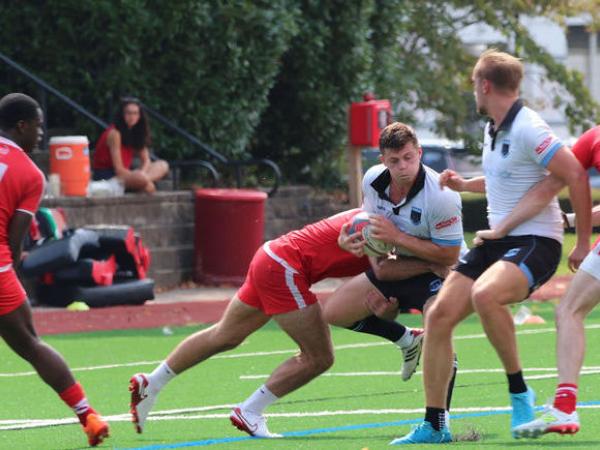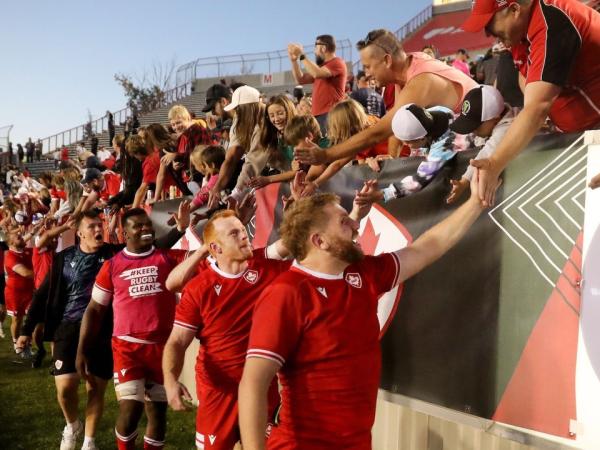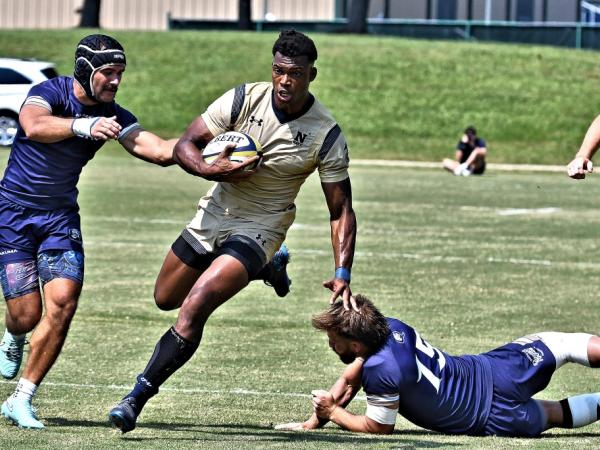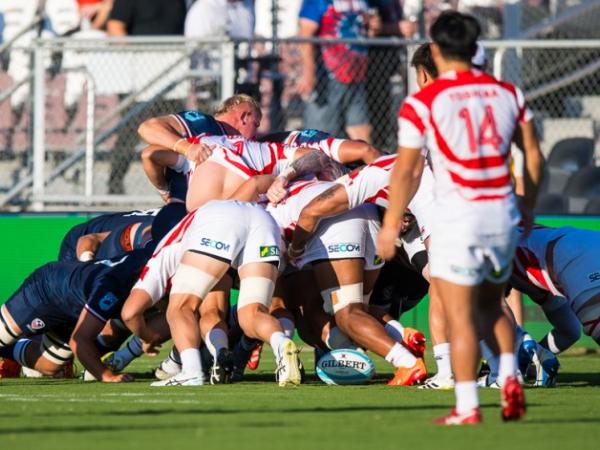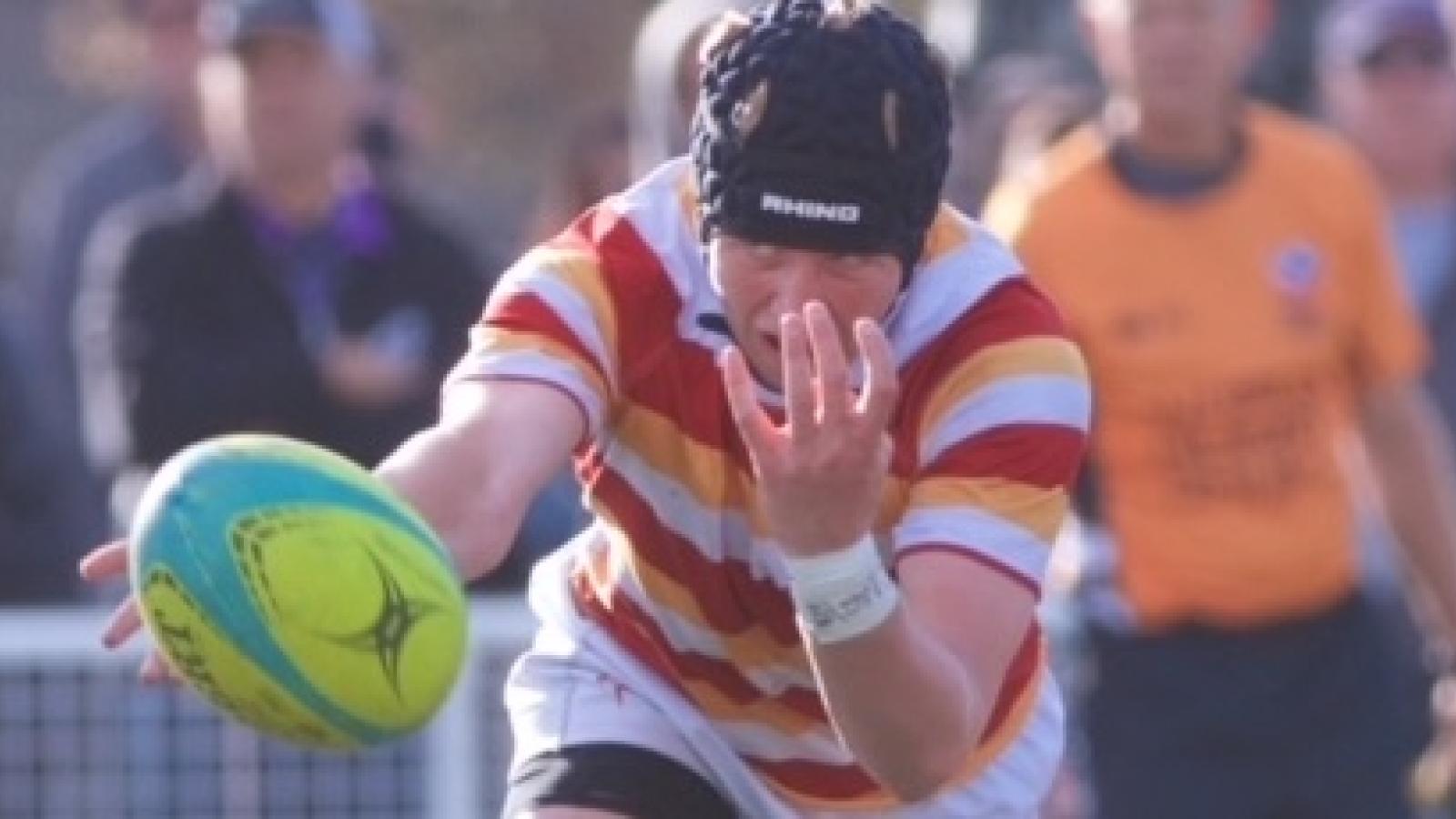Earlier this month RugbyNY sent out an email with a detailed PDF on their dues structure.
The email was notable because it’s actually a relatively rare thing. Dues levels at the State Rugby Organization (SRO) level are rarely publicized in this way, and it’s a nice example of a SRO engaging in transparency.
Other SROs do post their dues structure on their websites, but it’s not always obvious how much it costs to be a high school rugby player until you actually go through the dues-paying process.
Well, we did that, going through the process for as many SROs as we could (but not actually completing the membership process, so don’t worry, there aren't actually 30-plus fake memberships out there). Some we couldn’t figure out because the membership hadn’t been open in that state yet (usually for a small reason like finalizing a specific waiver). There were also some stated where the dues listed was $0, which we highly doubted, so with those two categories we followed up with that SRO's leadership. The SROs we contacted responded quite quickly to our requests.
However, we should add that we don't have all the information. Some states might be adjusting their dues level and don't have any fall competition to be ready for. We hope to follow up on them a little later.
So what did we learn, or what can we tell you?
USA Rugby and USA Youth & HS
All players pay $25 to USA Rugby, of which USA Rugby keeps $14 and $11 goes to USA Youth & HS. With a membership of around 30,000, that gives USA Y&HS a dues budget of around $300,00—we say “around” because youth players pay less and the membership numbers are general.
Processing Fee
Rugby Xplorer charges a processing fee that is 3.95% of a player’s total dues (USA and SRO).
Oregon Cuts Back
Faced with the need to refund dues in 2020 and a dropoff in dues collection, Rugby Oregon laid off their full-time employees and closed their brick-and-mortar office. They rejiggered their organization with part-time employees and remote working, and have remained as such. As Jeff Arker, who heads up the Board at Rugby Oregon, told us, they shifted from a “what’s nice to have” approach to a “what do we need?” approach. The result was the per-team fee was eliminated and the per-player dues cut from $65 to $50.
Teams ended the season with money in their accounts (which are run by Rugby Oregon), and the SRO concentrated on executing basic skills: remove obstructions to playing, track leagues, secure refs and ARs, secure fields, make sure coaches and officials are trained, and run the playoffs.
Some States Split their Season
In Southern California there is a school-team season in the winter and a club season in the spring. Players register for each season, so those who play in both seasons (and not all do) pay twice.
Rugby Idaho splits its season with Fall 7s having one dues level and Spring 15s another. They also have some Varsity Initiative teams. Rugby PA also splits their registration.
Varsity Initiative
The Varsity Initiative is basically a deal whereby a school that already has its own insurance and own trainers and own sporting infrastructure. So they pay a team fee but not a per-player fee. That fee is $200 per team, but if you’re entering a JV team into competition, that is normally considered a separate team. Most programs in the VI pay the $400.
USA Rugby and USA Youth & HS split the Varsity Initiative fee. SROs can impose a local team fee also, and any SRO has the power to have Varsity Initiative as an option. If you think your program qualifies but don’t see it as an option when you register, you should contact your SRO leadership.





